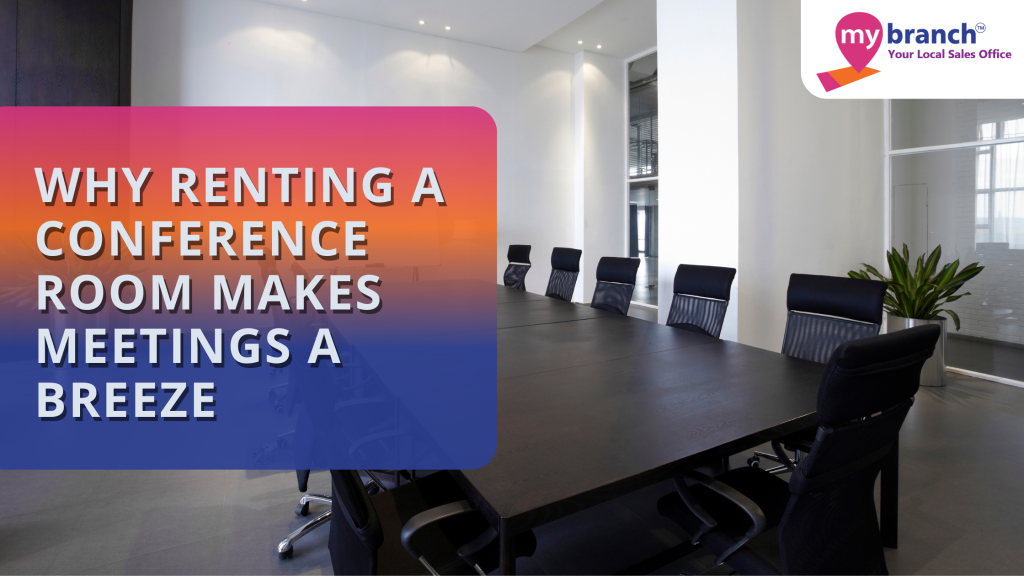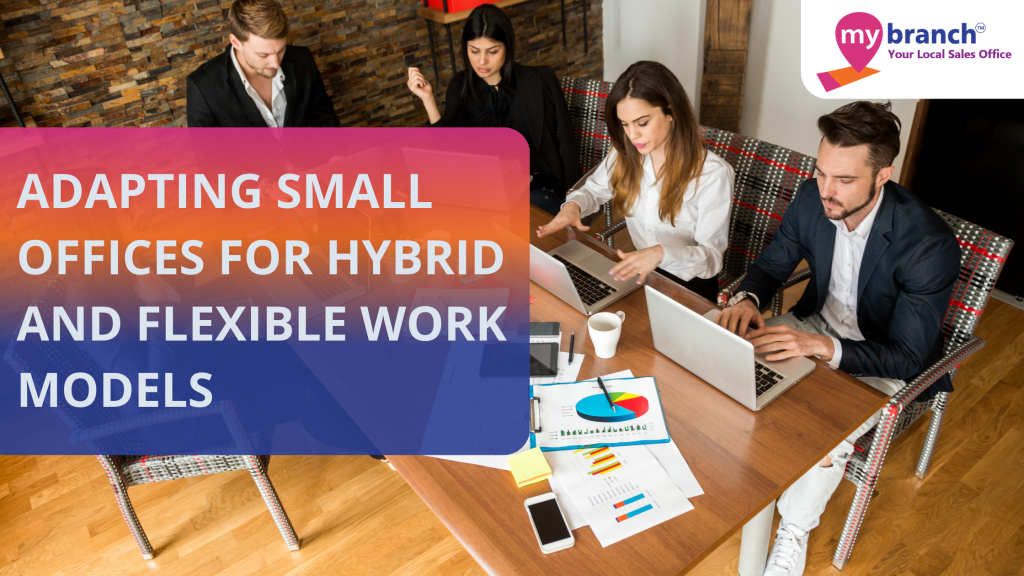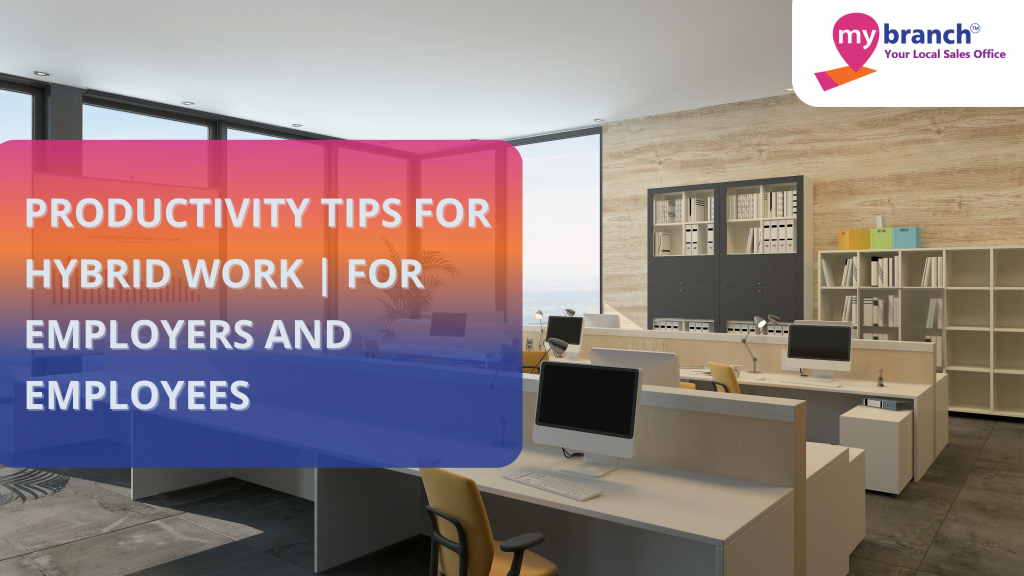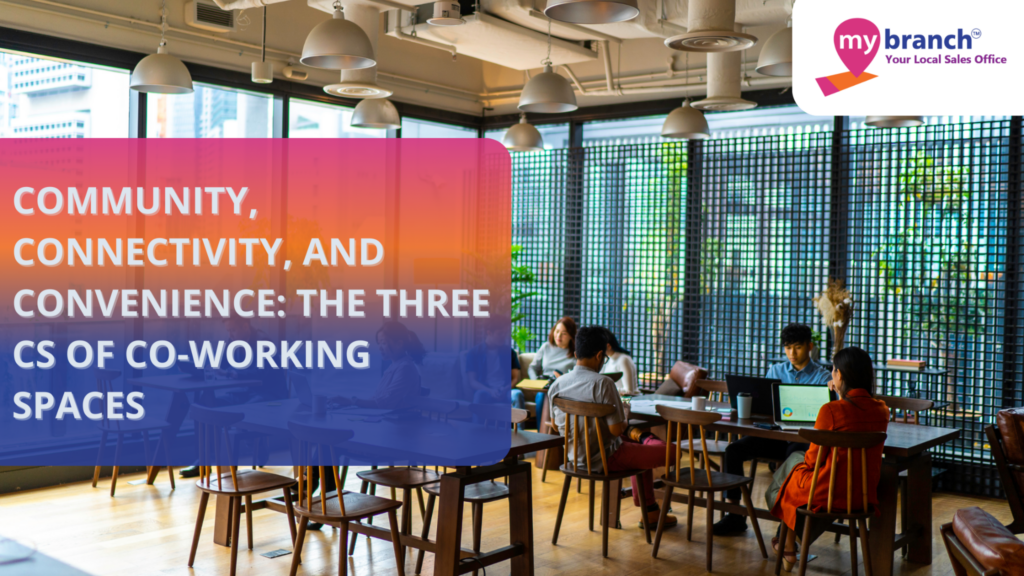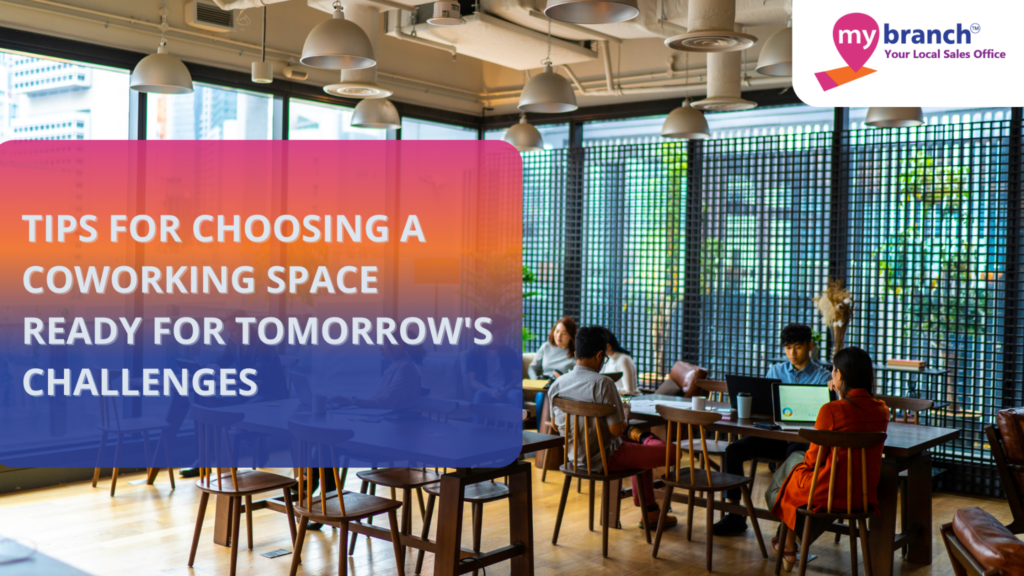
Coworking spaces have become hubs that transcend traditional office setups. They’re not just about providing desks and Wi-Fi; they’re about cultivating a vibrant community. These coworking spaces thrive by fostering networking, camaraderie, and support through a unique approach to community engagement. The collaborative atmosphere offers more than shared work environments; it creates an ecosystem where individuals and businesses can connect, collaborate, and grow together.
Now let’s see how coworking spaces help in networking.
Networking Opportunities:
Coworking space serves a unique ecosystem for networking and collaboration. Professionals from various industries connect in these spaces, fostering rich skill sets, experiences, and perspectives. Within this vibrant environment, individuals find ample opportunities to connect, exchange contacts, and cultivate meaningful relationships. Whether it’s a chance encounter in the communal areas or structured networking events hosted by the space, coworking environments create organic settings for professionals to expand their network and explore potential collaborations.
Knowledge Sharing:
Within coworking communities, the exchange of knowledge forms a cornerstone of the collaborative environment. Members, each with their unique expertise and experiences, contribute to a dynamic ecosystem of shared learning. This culture of knowledge sharing often transcends formal boundaries, with individuals freely offering insights, expertise, and support to fellow coworkers. Discussions over a casual coffee or structured workshops and seminars organized within these spaces serve as platforms for sharing valuable insights.
Professional Development:
Through organized workshops, skill-sharing sessions, and mentorship programs, individuals can engage in focused learning opportunities. These initiatives are often facilitated by experts within the coworking community or external professionals brought in to share their insights. The collaborative nature of these spaces creates an atmosphere for skill enhancement and career advancement. Members can indulge into a diverse array of talents within the community. In this way, coworking office space not only serves as places of work but also as arenas for continuous professional development, reinforcing the importance of community in shaping individual career paths.
Emotional Support:
Being a part of a community offers a sense of belonging and camaraderie, fostering an environment where individuals can share their challenges and successes. This support network serves as a platform for encouragement during both professional and personal endeavors. Whether it’s celebrating achievements or navigating tough times, the coworking community often provides a supportive shoulder to lean on. Such emotional support not only strengthens interpersonal connections but also contributes significantly to the overall well-being and morale of individuals.
Collaboration And Partnerships:
Within flexspaces, collaborations and partnerships often flourish, stemming from the diverse community that shares the same workspace. These spaces serve as productive ground for professionals from various fields to connect, exchange ideas, and embark on joint ventures. Many successful collaborations have their origins within these communities, where individuals find like-minded peers open to partnering on projects or ventures. These partnerships range from joint business endeavors to creative collaborations, leveraging the diverse skill sets and expertise available within the coworking ecosystem.
Resource Sharing:
Coworking communities thrive on the principle of resource sharing, where individuals readily offer their expertise, tools, or contacts to support fellow members. This culture of mutual assistance creates a collaborative ecosystem, where professionals freely exchange resources to complement each other’s strengths and overcome limitations. As a result, members benefit from access to a diverse range of resources that might otherwise have been out of reach in traditional work settings.
Diversity And Inclusion:
A key hallmark of coworking communities is their commitment to diversity and inclusion. Embracing diversity cultivates a more vibrant workspace and also sparks innovative ideas with different viewpoints. Inclusive environments encourage open dialogue and understanding, boosting a culture where individuals feel respected and valued. Members benefit from exposure to diverse thoughts, enabling them to approach challenges from multiple angles and thereby enhancing problem-solving abilities.
Events And Social Gatherings:
Coworking communities often host a range of events and social gatherings that serve as platforms for budding entrepreneurs or startups to seek advice, feedback, and mentorship. These events facilitate connections between experienced professionals and those just starting their journey, creating a space for knowledge sharing and guidance. Experienced members readily offer insights, share experiences, and provide support to newcomers. This exchange of expertise and guidance helps newcomers navigate the complexities of entrepreneurship while establishing a supportive network within the coworking community.
The role of community in coworking spaces goes beyond providing a workspace; it cultivates an ecosystem where individuals connect, learn, and thrive together. From networking opportunities to emotional support, these spaces emphasize a collaborative spirit that elevates work cultures and nurtures individual growth. As professionals engage, share, and collaborate within these vibrant communities, they experience the powerful impact of collective dynamics, shaping not just their work lives but also their sense of belonging and well-being. Embracing the essence of community in coworking spaces enriches both professional journeys and the overall work environment, making them hubs of innovation, collaboration, and support.

